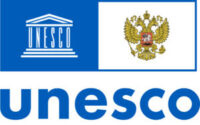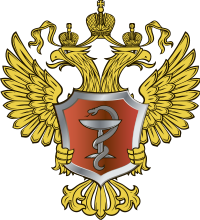Development of the child's giftedness and intelligence in different periods
Book of Abstracts
Relevance. The integration of modern technologies in all spheres of life makes the psychologists study the influence of new conditions on the development of child's personality.
The aim of the study was to compare the levels of intelligence and giftedness within the same educational institution in samples with a time difference from 3 to 23 years. The level of intelligence was assessed by the success of mastering the way of activity, solving the problem. Giftedness is defined by us as the ability to create, which is understood as the development of activities on one's own initiative.
Research methods and sampling. The method "Creative field", presented in the method "Animals in the circus" (Bogoyavlenskaya D.B.) allows you to explore the level of intelligence and giftedness. The samples were groups of children aged 6 and 9 years: preschoolers in 1997 - 33 people, 2016 - 61 people, junior schoolchildren: 1999 - 21 people, 2014 – 53 people, 2018 - 28 people, 2022 - 18 people.
The main results. In 1997, preschool children with intellectual problems accounted for 5% with 23% of gifted children. In 2016, we see an increase in "problem" children up to 26% and a decrease in the manifestations of giftedness up to 5%. In 1999, only 1% of primary school-age children could not master the activity. Over the next 13 years, the percentage of intellectual problems increases with a clear decrease in the manifestations of giftedness.
Conclusion. Comparing the indicators of different time epochs, we see a decrease in the manifestations of giftedness and an increase in the group of "problem" children. The influence of virtual technologies due to their maximum expansion and competition with the necessary areas of child development through their replacement or substitution may be the reason for the differences identified.

Russian Psychological Society
e-mail: ruspsysoc@gmail.com

Federal Scientific Center for Psychological and Interdisciplinary Research,
Moscow, Russia
e-mail: forumdigitalchildhood@gmail.com

Psychology Department of the Lomonosov Moscow State University,
Moscow, Russia
e-mail: psy@psy.msu.ru



 2021
2021  2022
2022  2023
2023 





